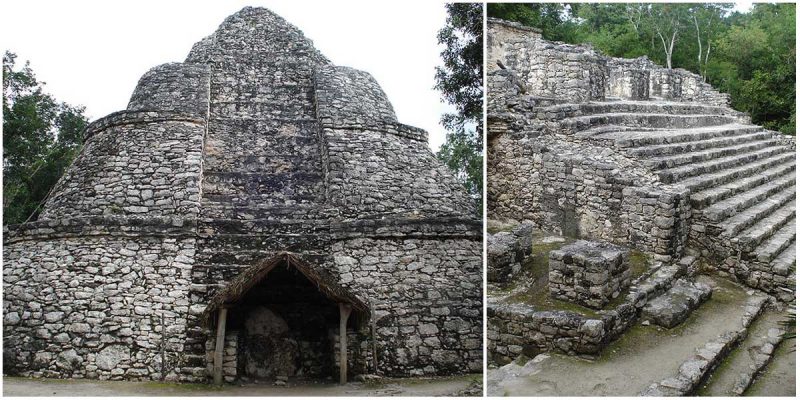Cobá is an ancient Mayan city nestled in the thick jungle of Quintana Roo state in Mexico. Its name means “water stirred by wind” in Mayan, an appropriate name as it was surrounded by two large lagoons.
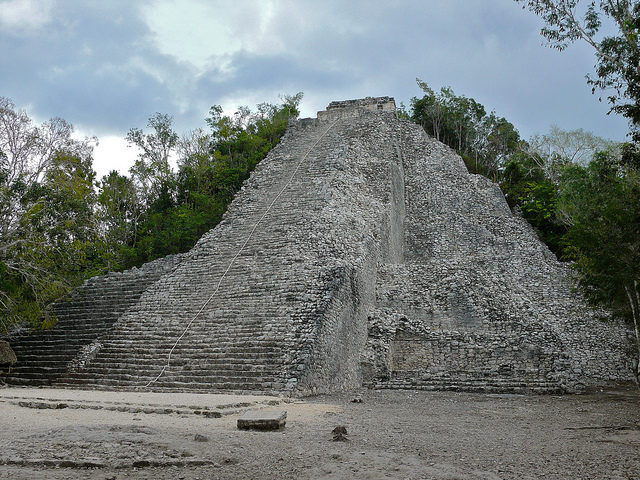
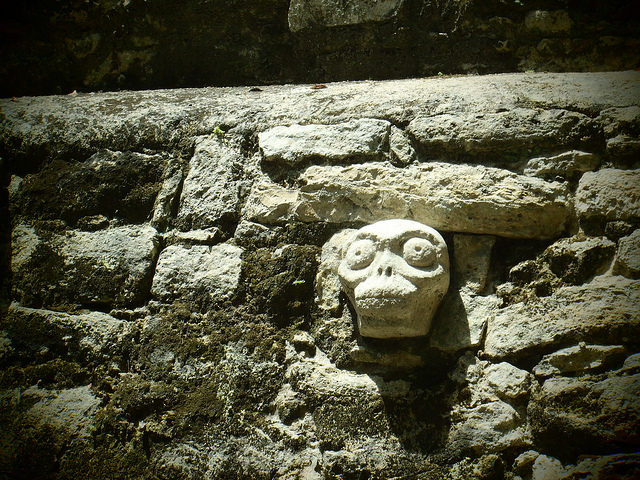
The city flourished between 600-900 AD, and by the end of the Late Classic Period of Mesoamerican civilization it had become a major Maya city-state with a population of about 60,000 inhabitants. Cobá remained an important site in the Post-Classic era; new temples were built and old ones were kept well-maintained until at least the 14th century, possibly as late as the arrival of the Spanish.
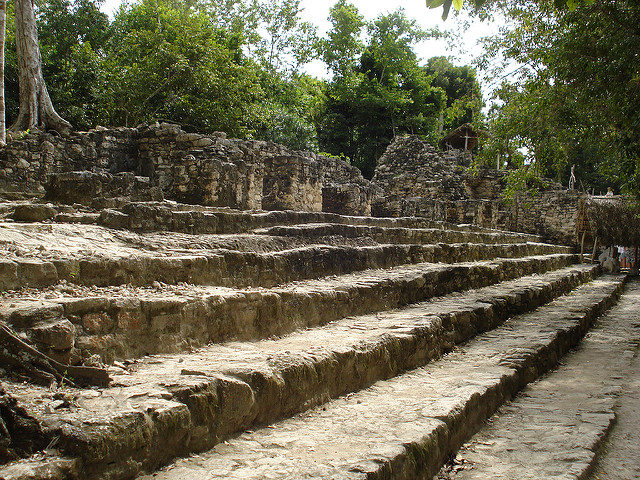
The site was a nexus of the largest network of Mayan stone causeways. These causeways are called Sacbeob (this is the plural form, the singular is “sacbe”), and were used by specialists to help determine the size of Cobá. They were raised pathways that connected the clusters of residential areas to the main center of the site and the water sources. Sacbeob were the main reason why modern maps of the ancient city could be created, as they remained to be measured and charted where other structures didn’t survive.
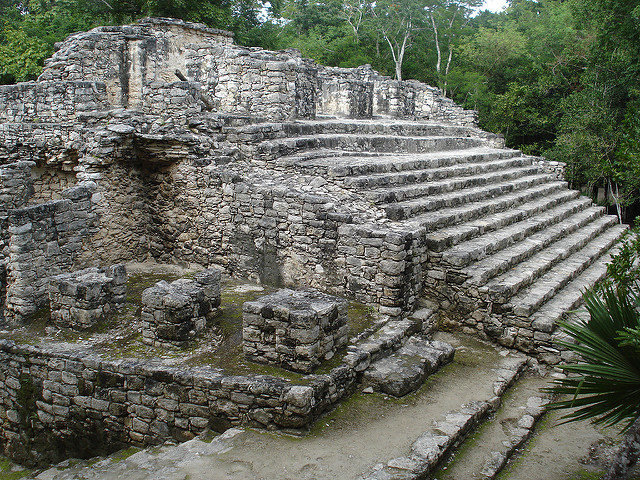
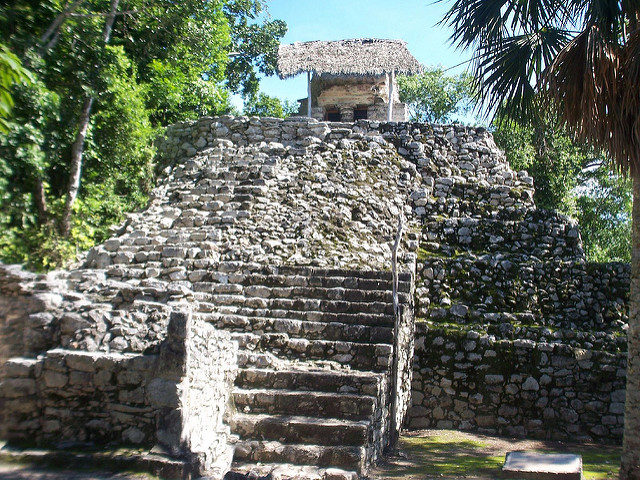
According to archeological evidence, Cobá was first settled between 50 BC and 100 AD. It is believed that Cobá was one of the biggest and most powerful city-states in the northern Yucatán area. The city contained up to 6, 500 structures, of which only a small fraction have been restored.
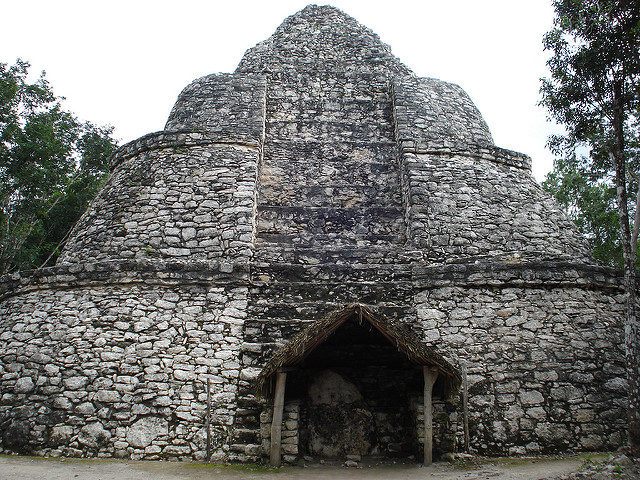
The Cobá Group is a series of structures close to the entrance that include the Church and one of two ball courts in the city. The ball game played an important role in Mayan society and most cities had a ball court, which was basically a corridor of two stone walls.
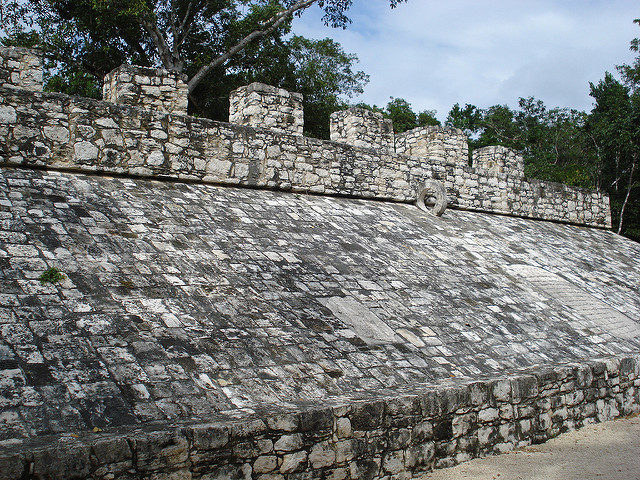
One of the main attractions for visitors to Cobá is the Ancient Pyramid, which is open for the public to climb its 130 steps up to the top of the site. The city has increasingly become more popular with both national and international tourists.
